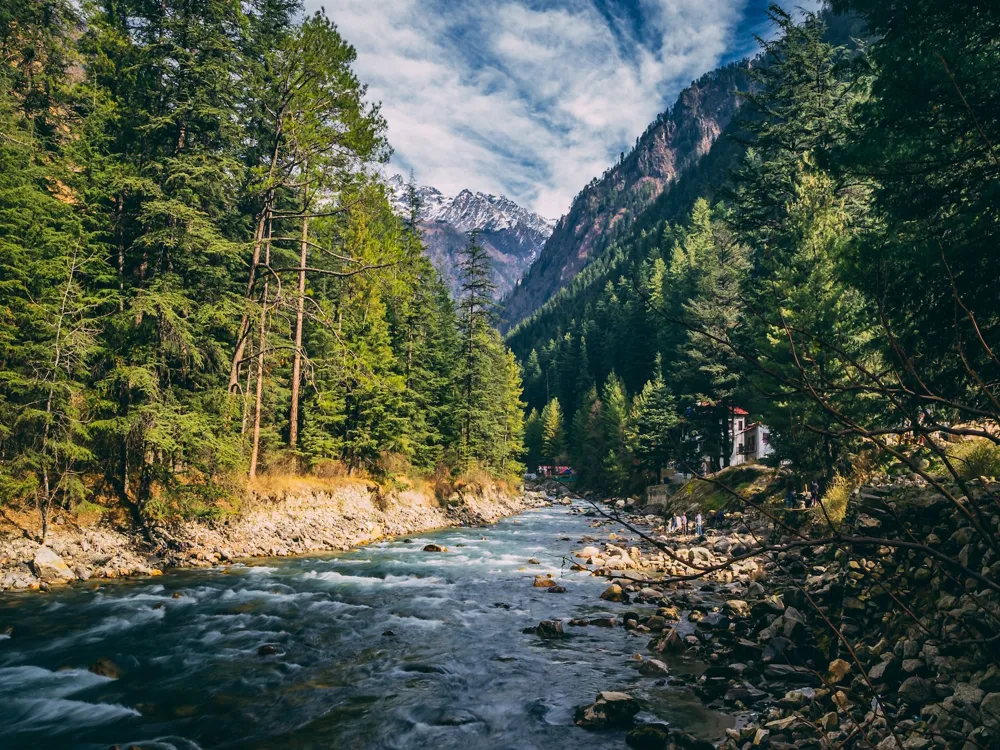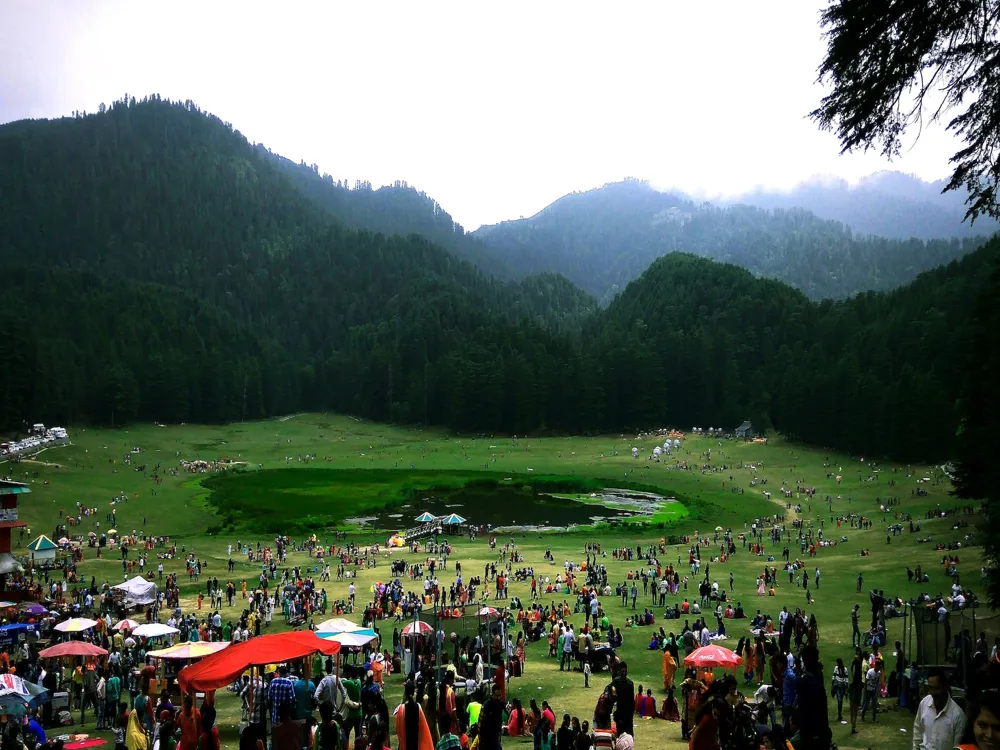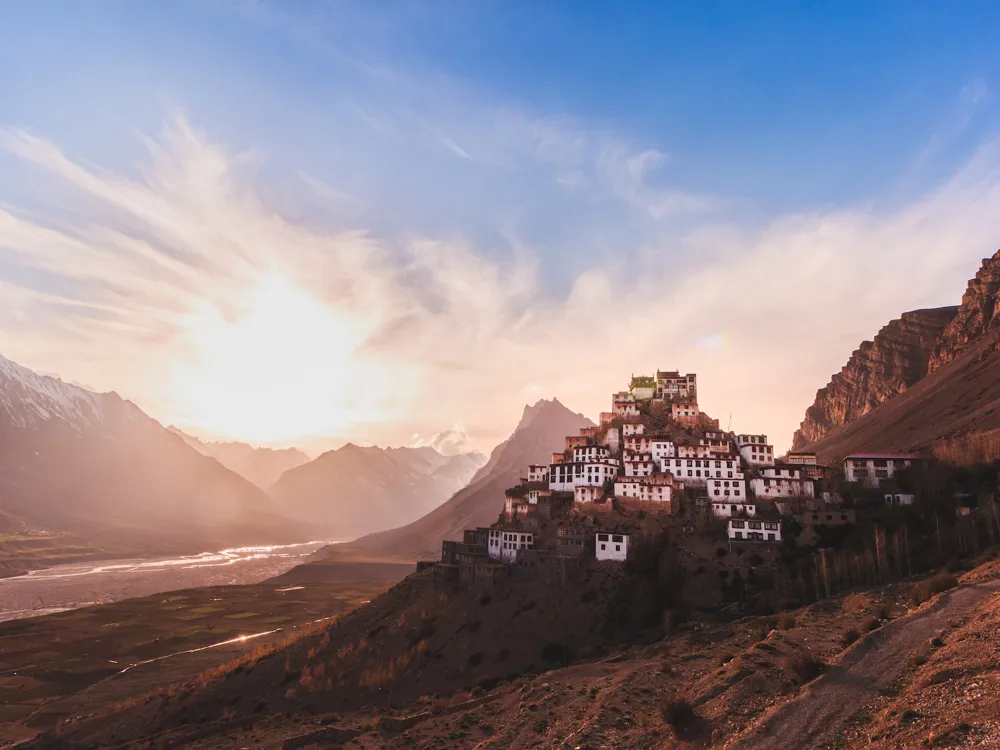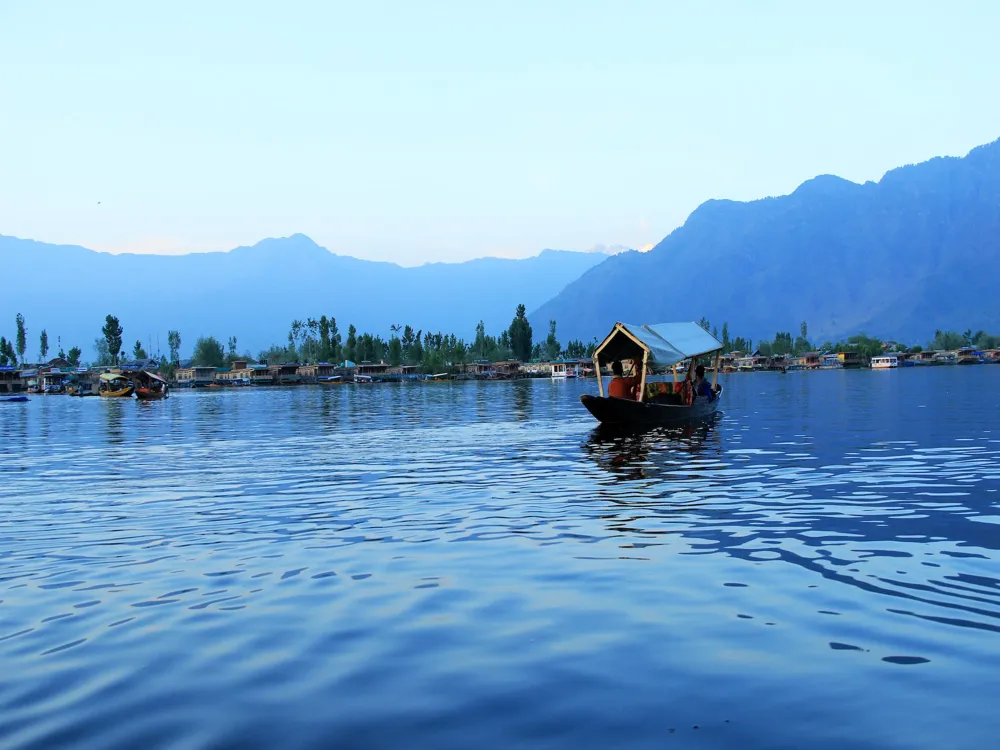Hemis Monastery, a hidden gem in the heart of the Himalayas, stands as a testament to the rich cultural and spiritual heritage of Ladakh, India. Founded in the 17th century, it's perched at an altitude of over 3,000 meters, making it one of the highest religious centers in the world. Hemis Monastery is not just a religious site but also a cultural epicenter, showcasing a blend of ancient Buddhist traditions and architectural marvels. This monastery, belonging to the Drukpa Lineage of the Kagyu school of Tibetan Buddhism, holds significant importance in the Buddhist community. It's renowned for the annual Hemis Festival, which commemorates the birth of Padmasambhava, the founder of Tibetan Buddhism. During this vibrant festival, monks perform sacred dances wearing colorful brocades and masks, symbolizing various deities and spiritual characters. The monastery is adorned with intricate thangkas, some of which are only displayed during this festival. Hemis Monastery is also a treasure trove of ancient relics. It houses an impressive collection of ancient statues, sacred thangkas, and various artifacts. The monastery's library is a repository of spiritual texts, including the Kangyur and Tengyur – the translated words of the Buddha and the translated commentaries by eminent scholars. This serene monastery, surrounded by stark mountains and whispering streams, offers a spiritual retreat to pilgrims and travelers alike, seeking tranquility and enlightenment. The architecture of Hemis Monastery is equally fascinating. It reflects a unique synthesis of Tibetan and Indian Buddhist architectural elements. The main temple, known as Tshogkhang, is adorned with frescoes depicting various Buddhas and Bodhisattvas. The intricate wood carvings and vibrant murals are not just decorative elements but also serve as a medium of storytelling, illustrating the life of Buddha and other significant Buddhist teachings. Hemis Monastery's strategic location and spiritual aura make it a must-visit destination for those exploring the mystical land of Ladakh. Its historical significance, coupled with the serene beauty of its surroundings, offers an unforgettable experience that transcends mere sightseeing, leading visitors on a journey of spiritual awakening and cultural exploration. The architecture of Hemis Monastery is a splendid example of the medieval Tibetan style, infused with influences from Indian Buddhist art. This unique blend creates a visual spectacle that encapsulates the essence of Buddhist philosophy and Himalayan culture. The monastery complex is strategically built, taking advantage of its mountainous terrain, providing both defense and solitude. At the heart of the monastery stands the main temple or Dukhang. The Dukhang is a two-story structure, with walls adorned with vibrant thangkas, murals, and frescoes that depict various aspects of Buddhist lore. These artworks are not just decorations but are imbued with deep spiritual meanings, often illustrating stories from the Jataka Tales or the life of Buddha. The use of color in Hemis Monastery's architecture is significant. Bright hues of red, blue, and gold are prominent, symbolizing various aspects of Buddhist teachings. Red represents the life force and preservation, blue symbolizes tranquility and purity, and gold denotes enlightenment and wisdom. These colors are used thoughtfully throughout the monastery, creating a visually and spiritually stimulating environment. Another notable feature is the use of wood and stone in construction. The wooden roofs and balconies, intricately carved, contrast beautifully with the sturdy stone walls of the monastery. This not only provides resilience against the harsh mountain weather but also adds an element of aesthetic beauty to the structure. Within the monastery complex, various stupas, chortens, and mani walls add to its spiritual ambiance. The stupas, with their bell-shaped domes, are symbols of the Buddha's presence. Mani walls, made of stones inscribed with prayers and religious symbols, are found along the paths, embodying the constant presence of prayer and spirituality in the daily life of the monks. Hemis Monastery also houses a museum, a significant addition to its architectural ensemble. The museum preserves and displays a vast collection of religious artifacts, ancient weapons, and thangkas, some dating back centuries. This not only helps in preserving Ladakh's rich cultural heritage but also enables visitors to delve deeper into the region's history and Buddhist traditions. The architectural design of Hemis Monastery, with its courtyards, prayer halls, residential quarters, and learning centers, creates a harmonious balance between functionality and spiritual symbolism. This architectural masterpiece not only serves as a place of worship and learning but also stands as a beacon of cultural and historical significance in the Himalayan region. The ideal time to visit Hemis Monastery is during the summer months, from May to September. The weather is pleasant, and the roads are accessible. Additionally, visiting during the Hemis Festival in June or July provides a unique opportunity to witness the cultural richness of the monastery. Since Hemis Monastery is a religious site, modest dressing is recommended. It's advisable to wear clothes that cover the shoulders and knees. Also, prepare for varying temperatures, as it can get quite cold, especially in the mornings and evenings. Visitors should respect the monastery's customs and traditions. This includes removing shoes before entering prayer areas, speaking softly, and not touching sacred objects or murals. Photography may be restricted in certain areas, so it's best to ask for permission before taking pictures. Hemis Monastery is located at a high altitude. Visitors should take time to acclimatize to avoid altitude sickness. Staying hydrated and avoiding strenuous activities for the first few days is recommended. Explore local Ladakhi cuisine during your visit. There are small eateries near the monastery offering traditional dishes. For accommodations, there are guesthouses and homestays in nearby areas, providing a more immersive experience of the local culture. Hemis Monastery is located about 45 kilometers southeast of Leh, the capital of Ladakh. The most convenient way to reach Hemis is by road from Leh. Visitors can hire taxis or take local buses from Leh to the monastery. The journey offers scenic views of the rugged Himalayan landscape. For international travelers, the nearest airport is Kushok Bakula Rimpochee Airport in Leh, which is well-connected to major cities in India. Read MoreOverview of Hemis Monastery
Architecture of Hemis Monastery
Tips When Visiting Hemis Monastery
Best Time to Visit
Dress Appropriately
Respect Local Customs
Acclimatization
Local Cuisine and Accommodations
How To Reach Hemis Monastery
Hemis Monastery
Hemis
NaN onwards
View hemis Packages
Weather :
Label : Must Visit
Tags : Buddhist Temple
Timings : 8:00 AM - 1:00 PM and 2:00 PM - 6:00 PM
Time Required : 2-3 hrs
Planning a Trip? Ask Your Question
Hemis Travel Packages
View All Packages For Hemis
Top Hotel Collections for Hemis

Private Pool

Luxury Hotels

5-Star Hotels

Pet Friendly
Top Hotels Near Hemis
Other Top Ranking Places In Hemis
View All Places To Visit In hemis
View hemis Packages
Weather :
Label : Must Visit
Tags : Buddhist Temple
Timings : 8:00 AM - 1:00 PM and 2:00 PM - 6:00 PM
Time Required : 2-3 hrs
Planning a Trip? Ask Your Question
Hemis Travel Packages
View All Packages For Hemis
Top Hotel Collections for Hemis

Private Pool

Luxury Hotels

5-Star Hotels

Pet Friendly





















